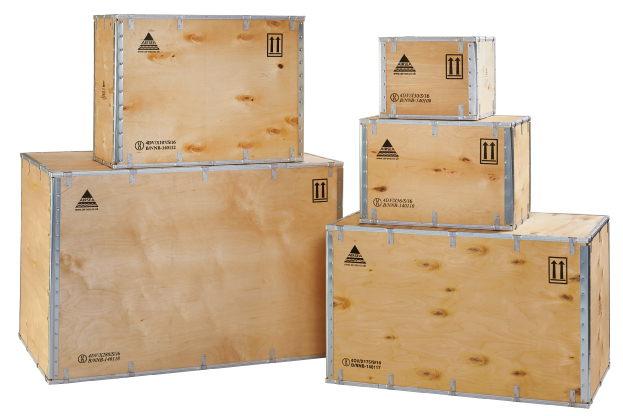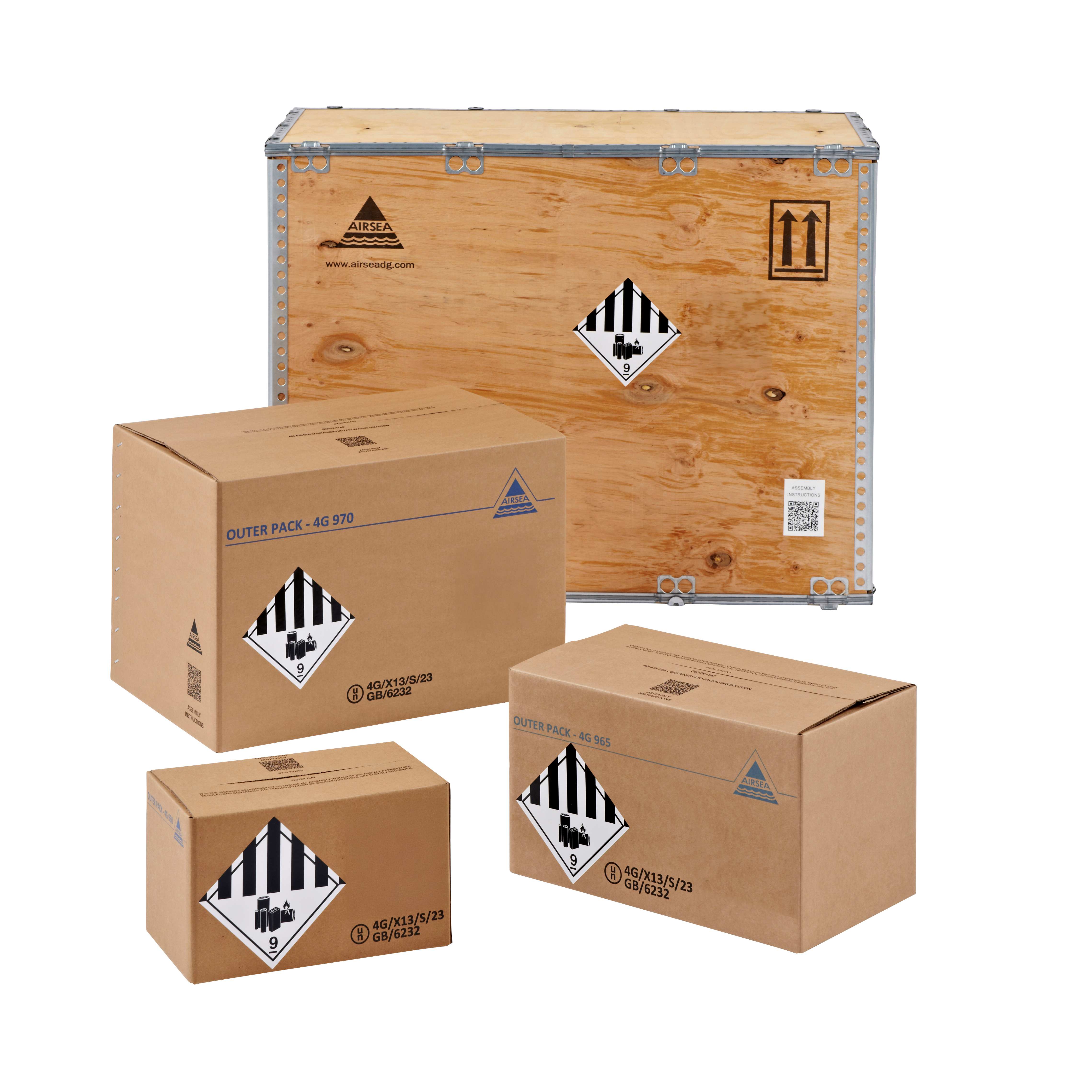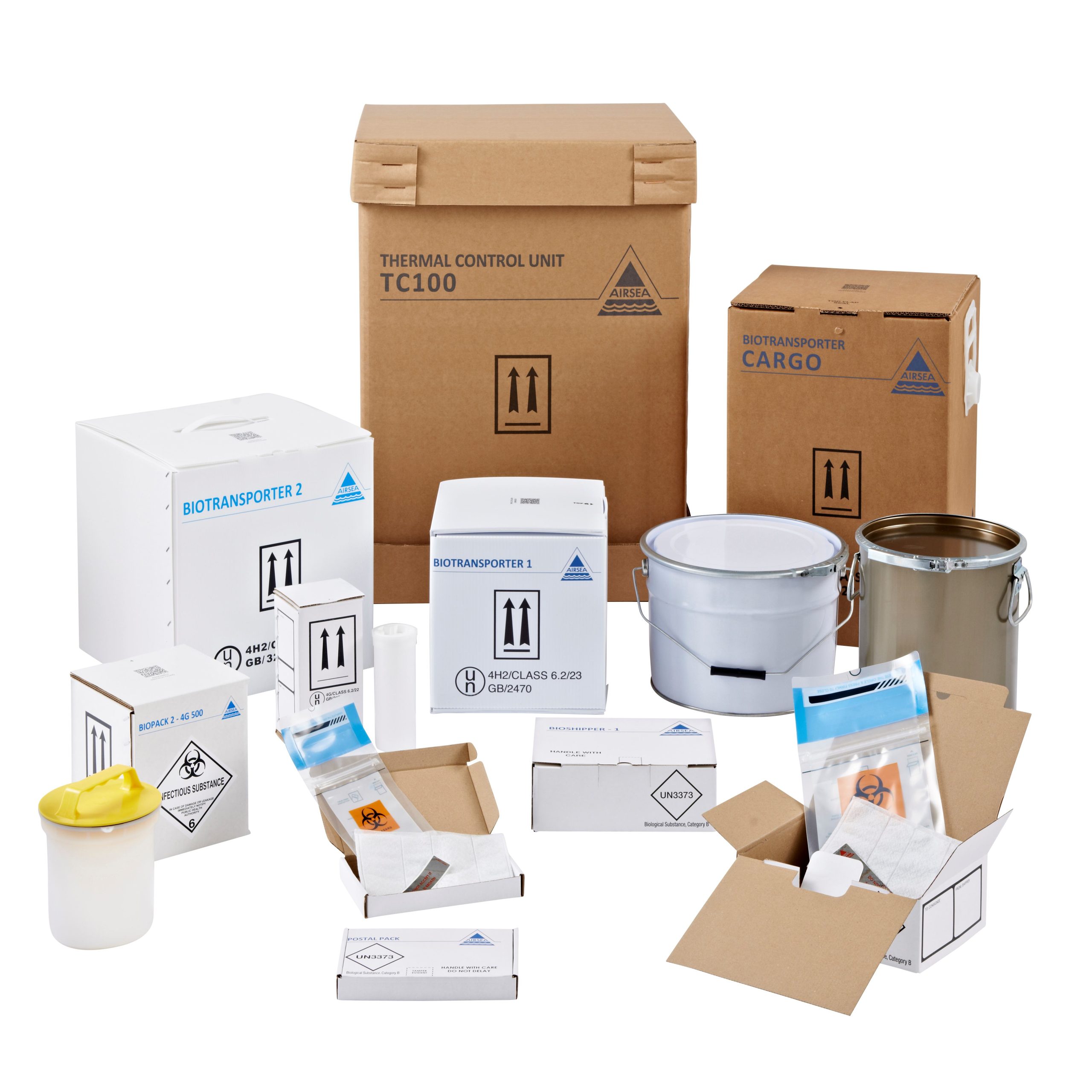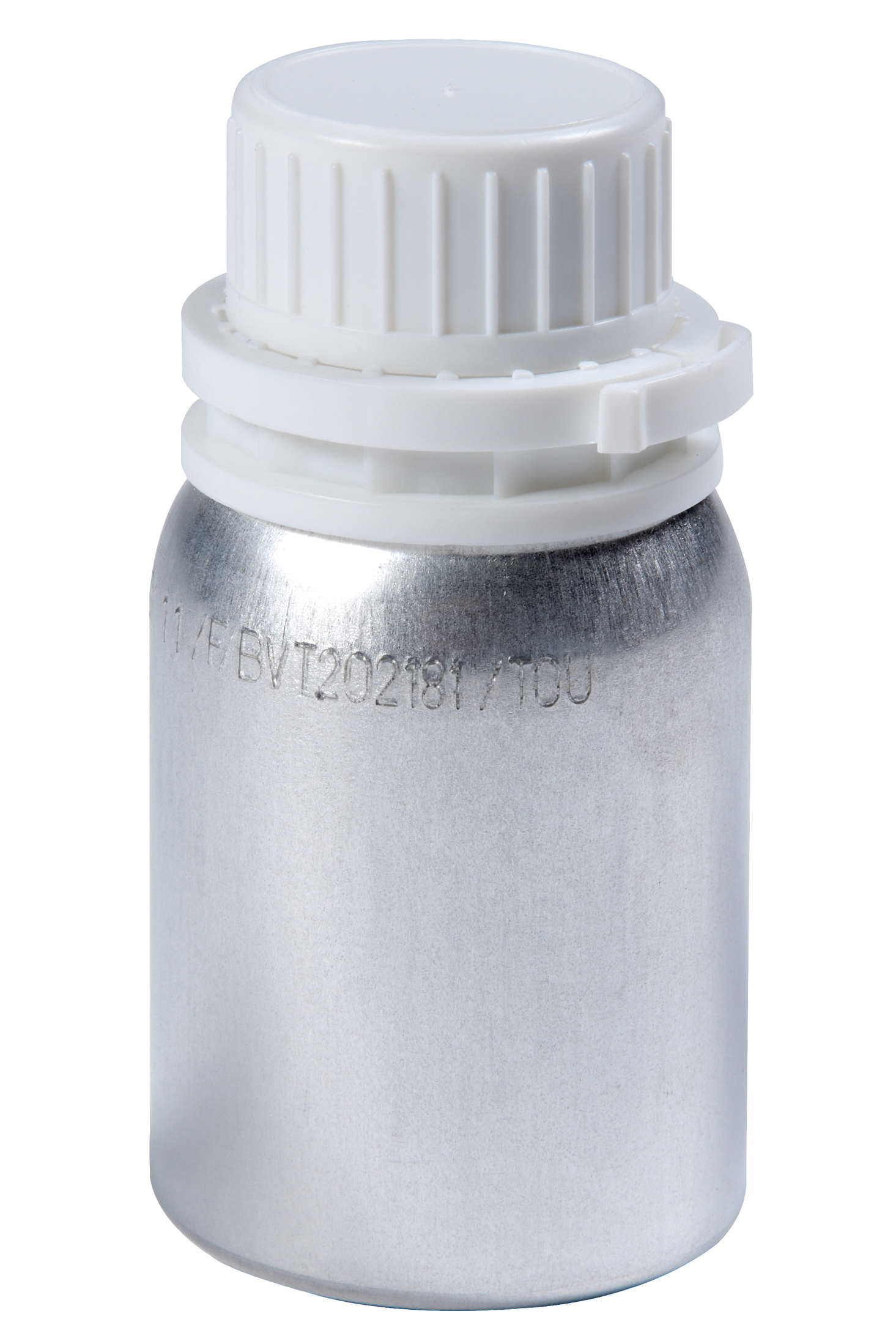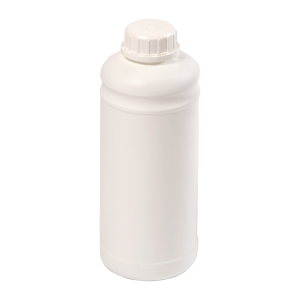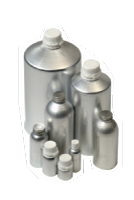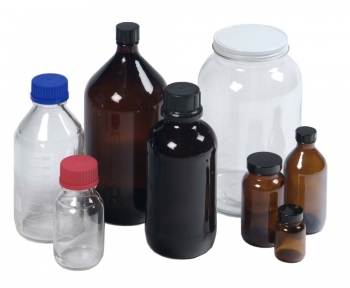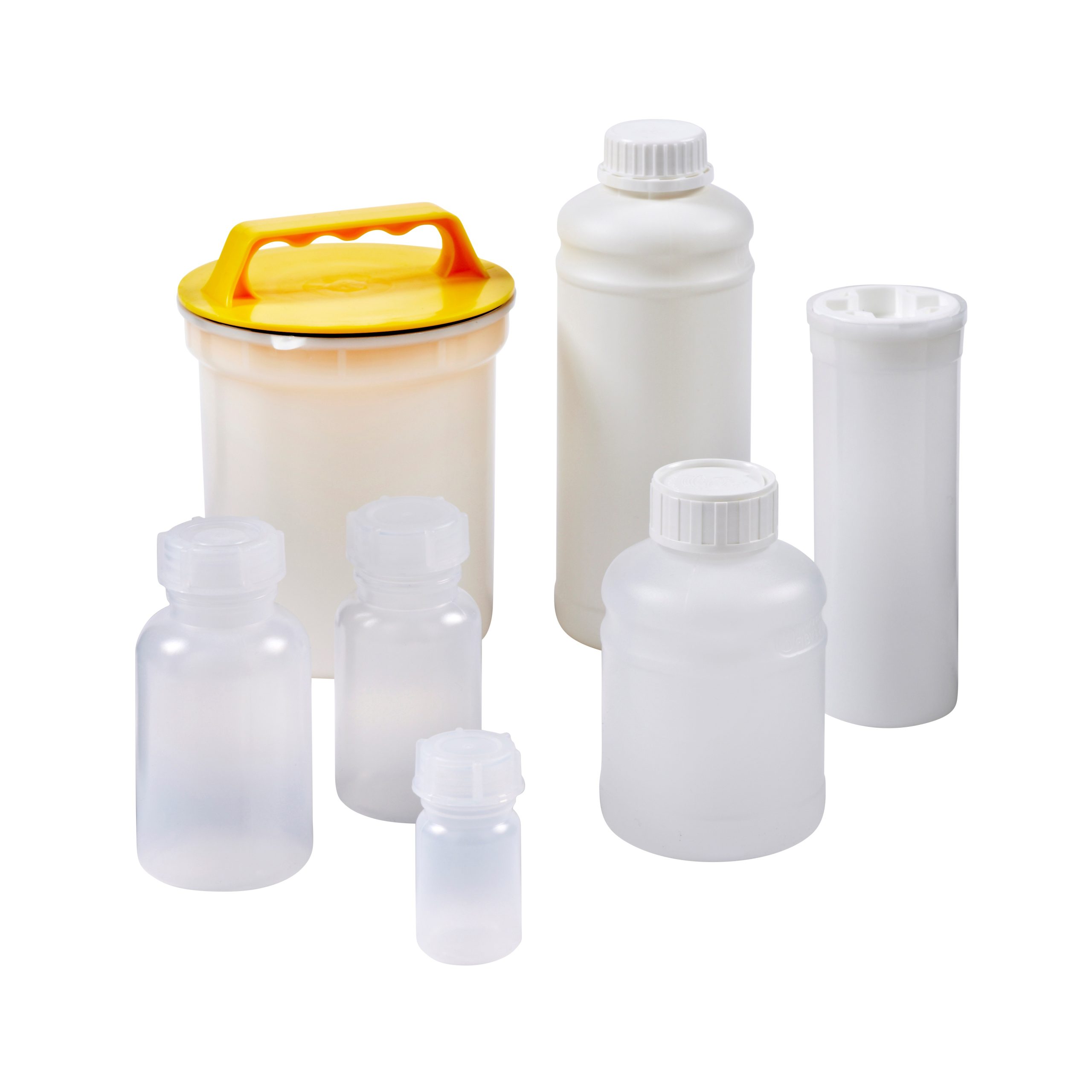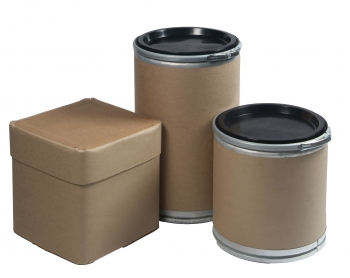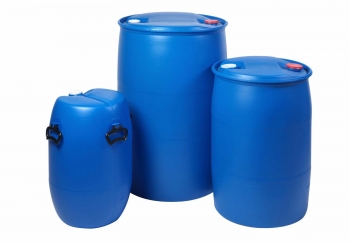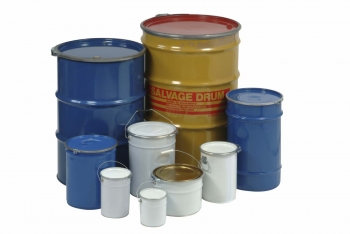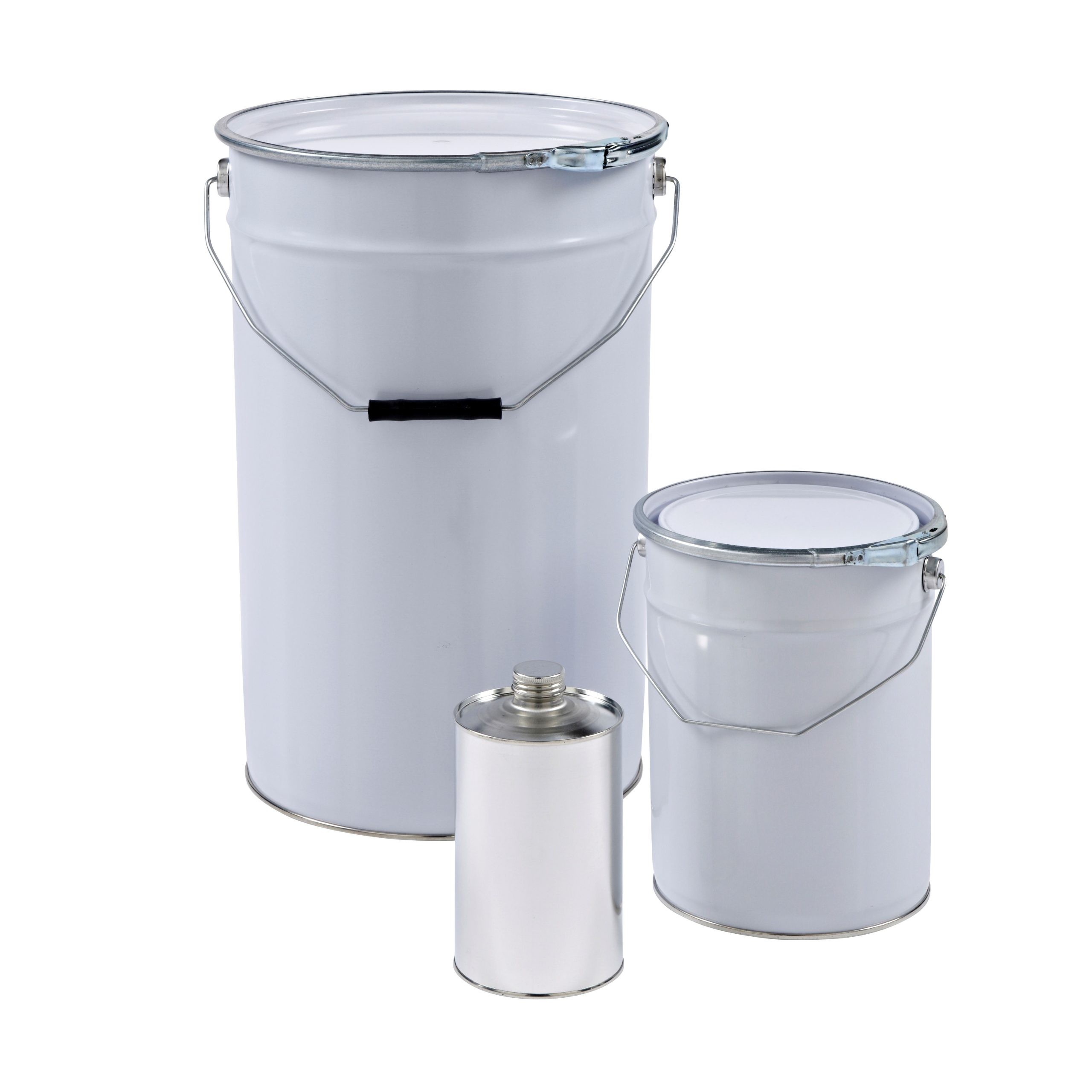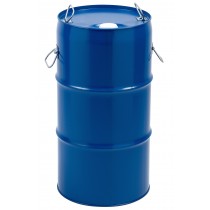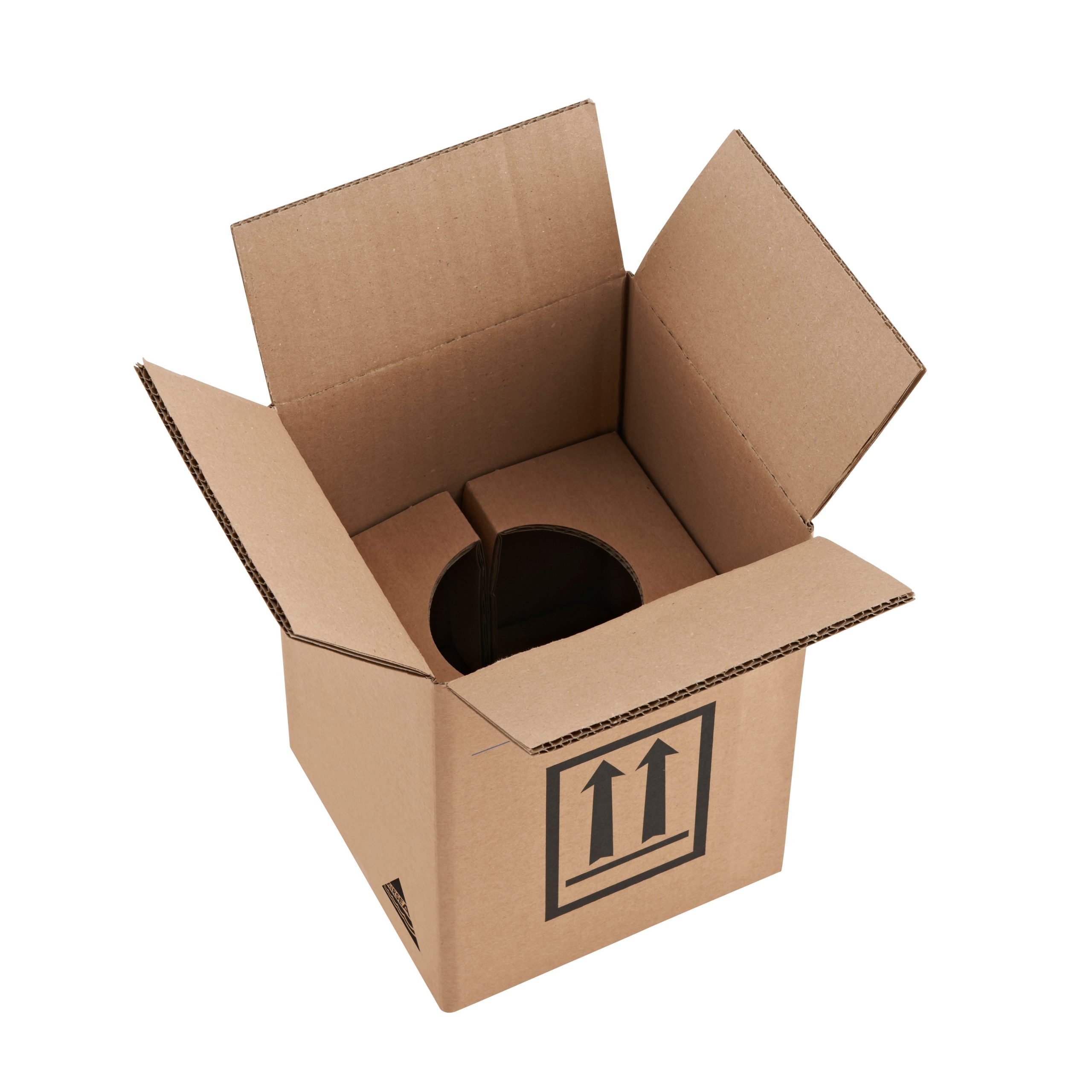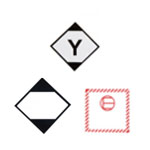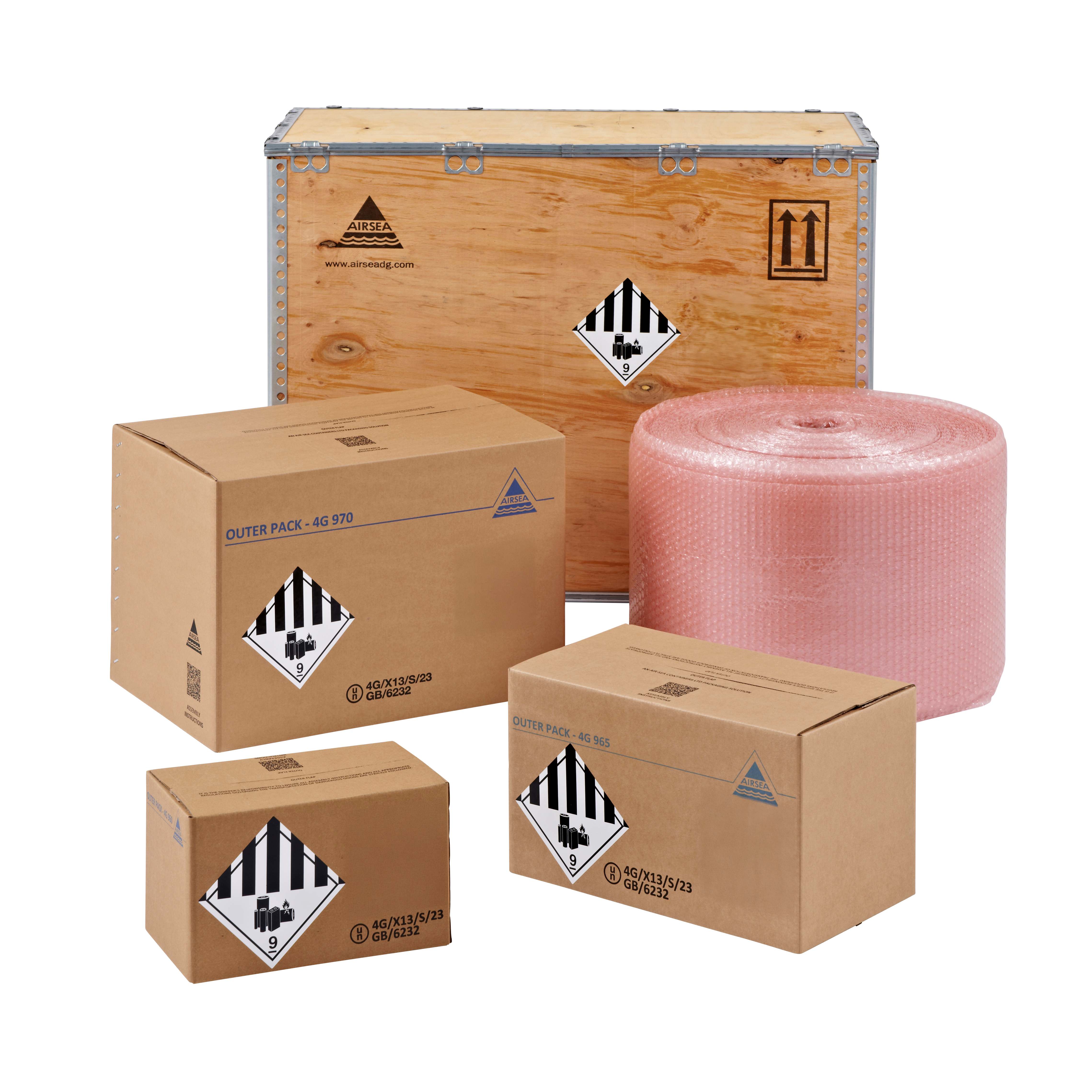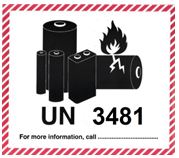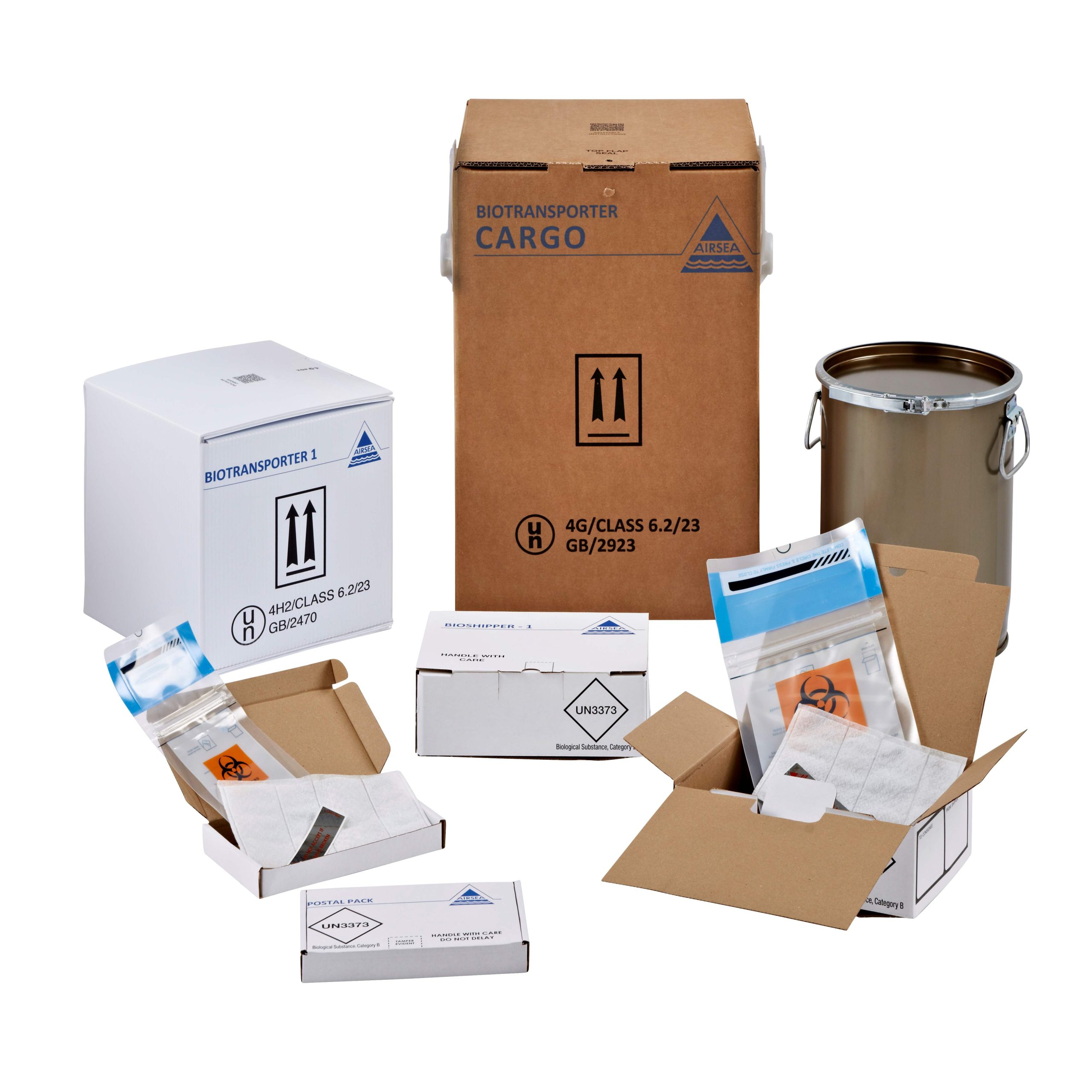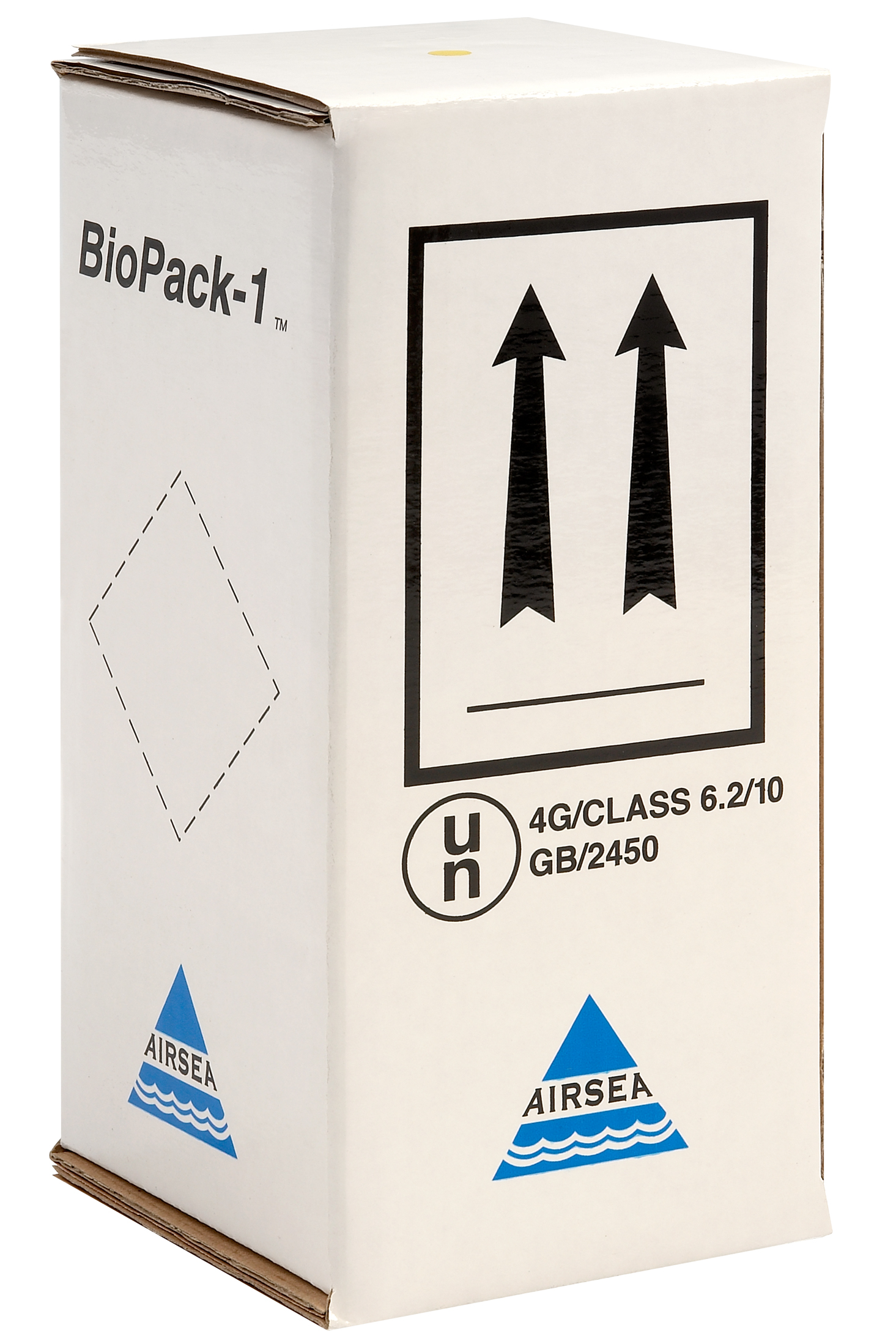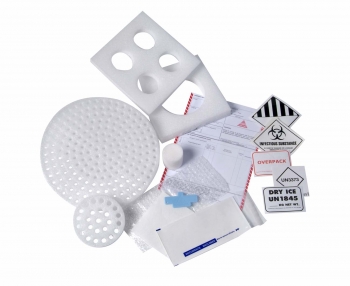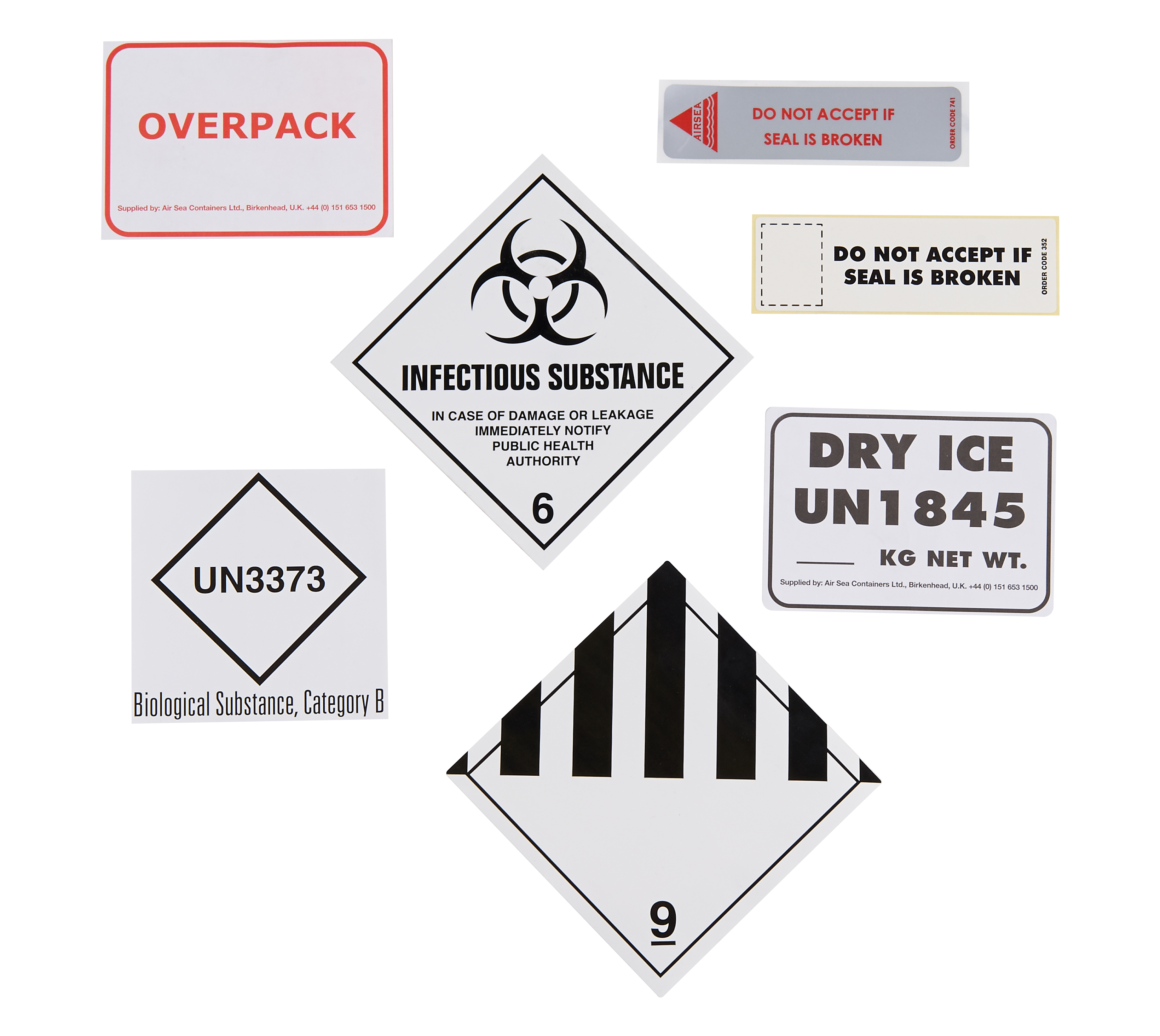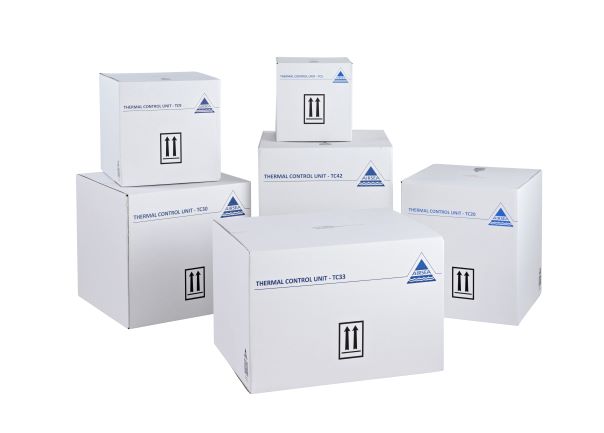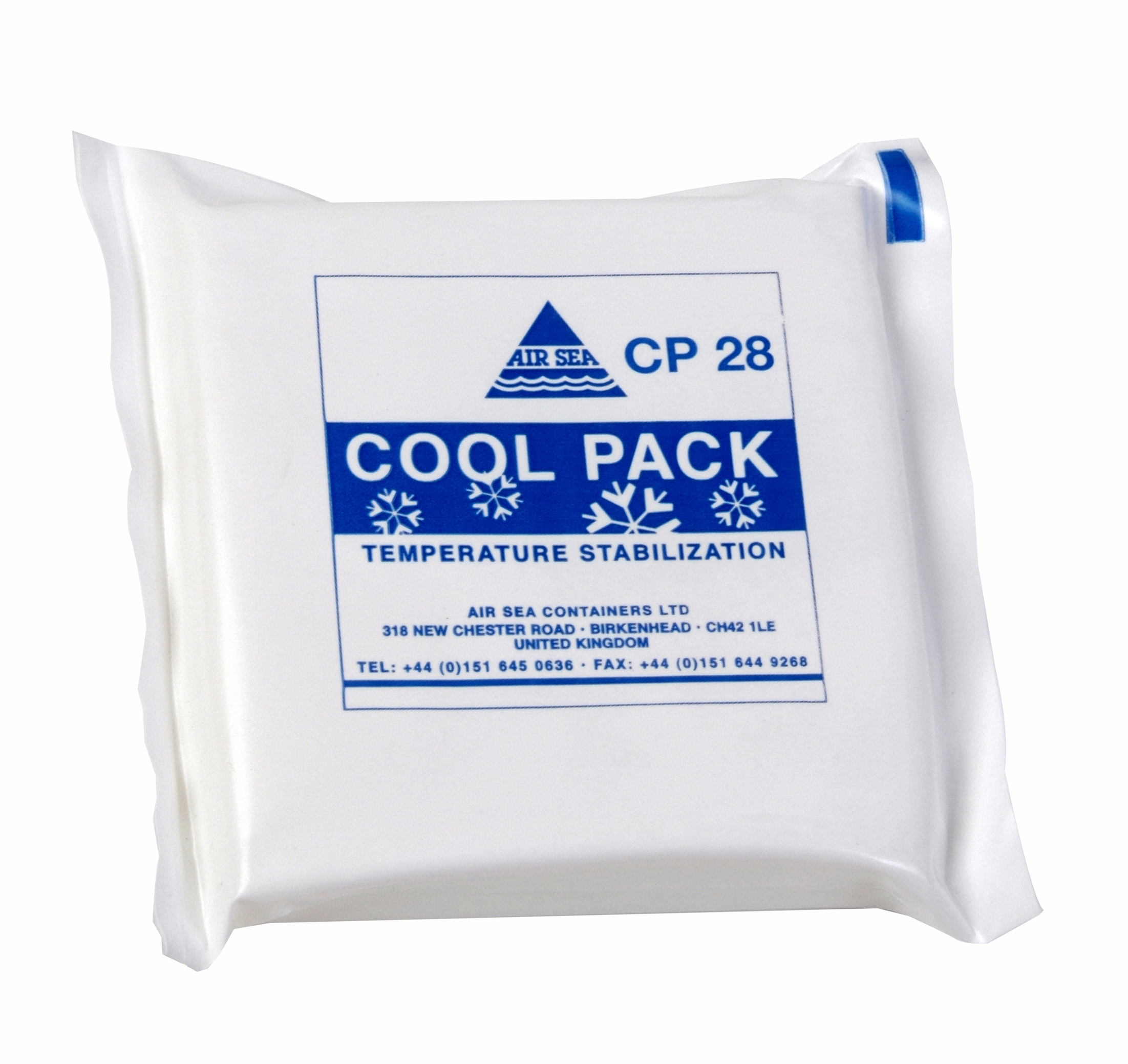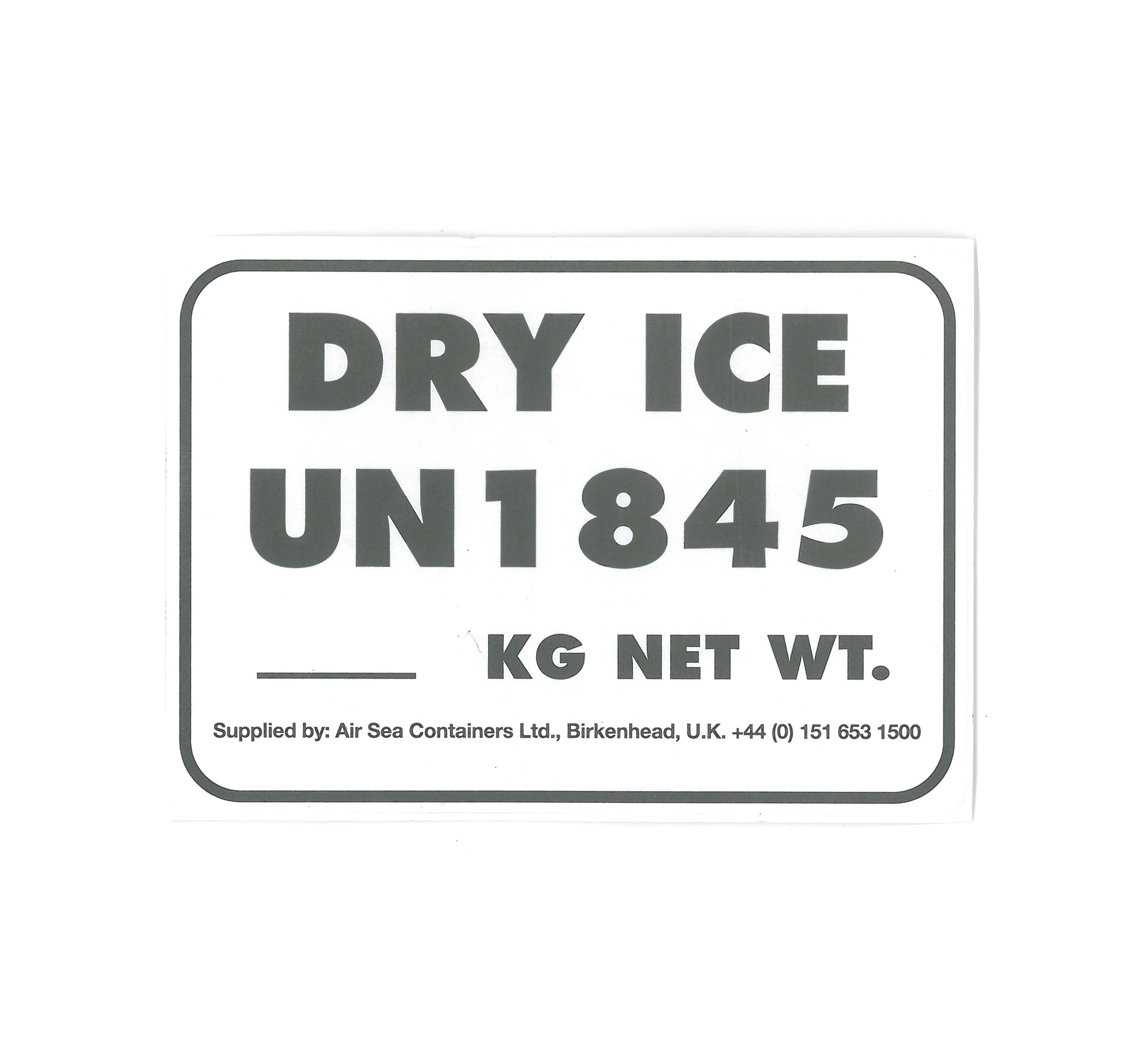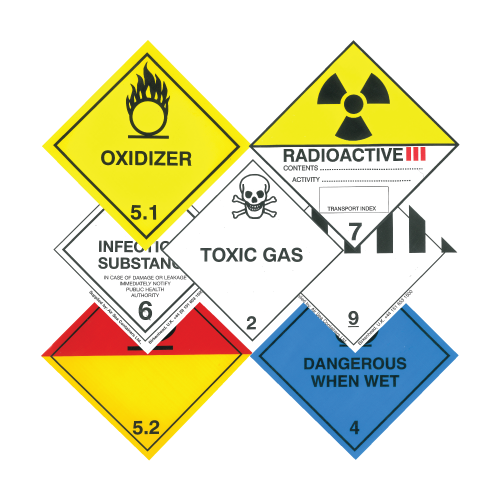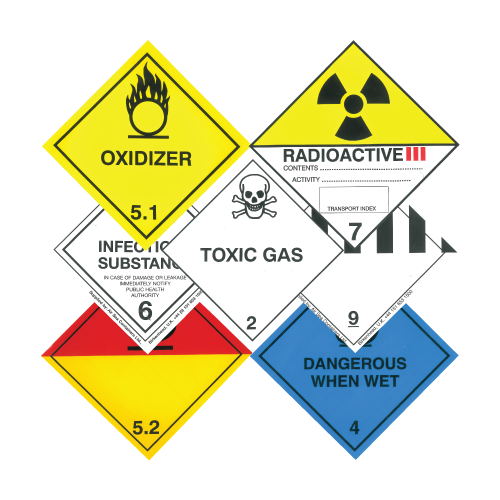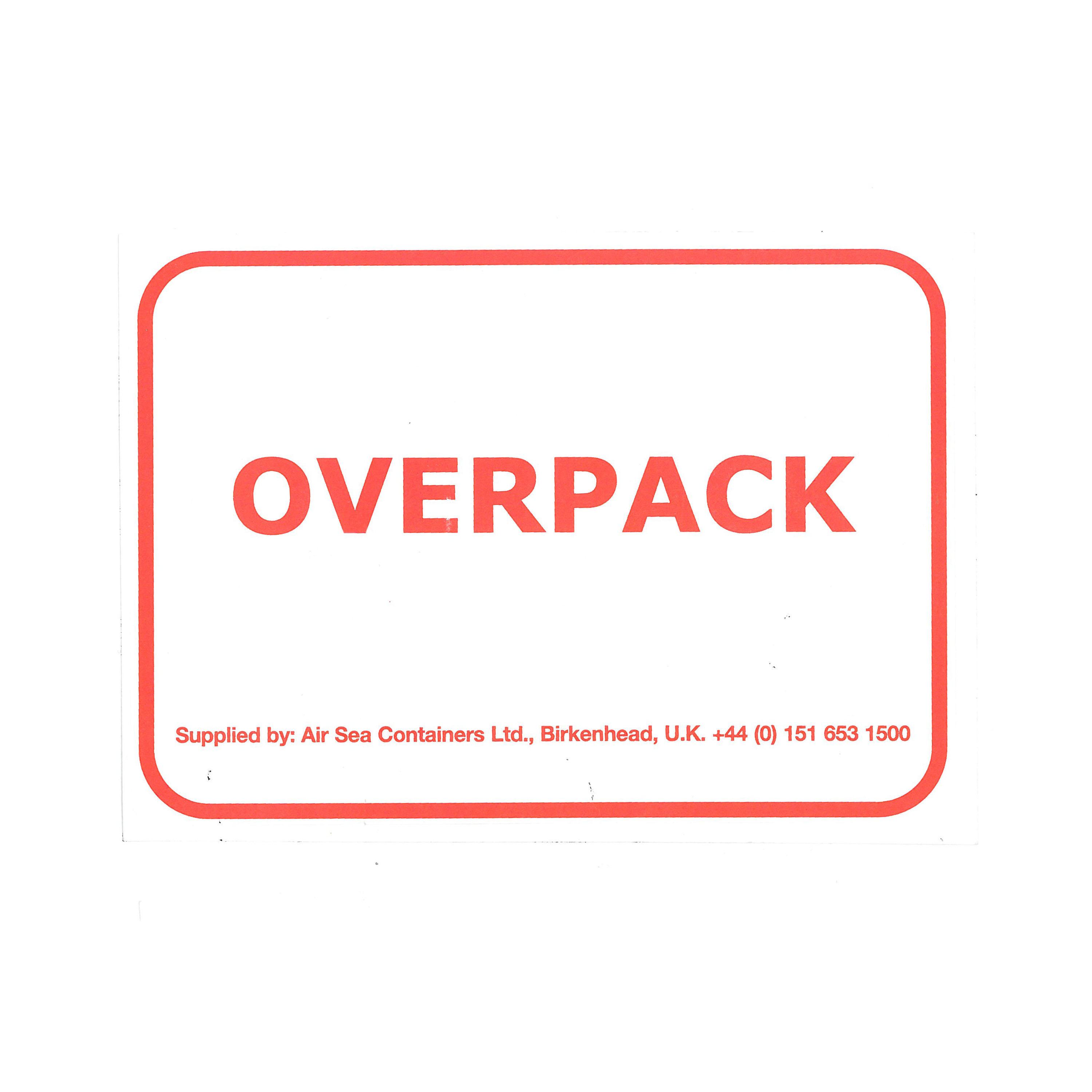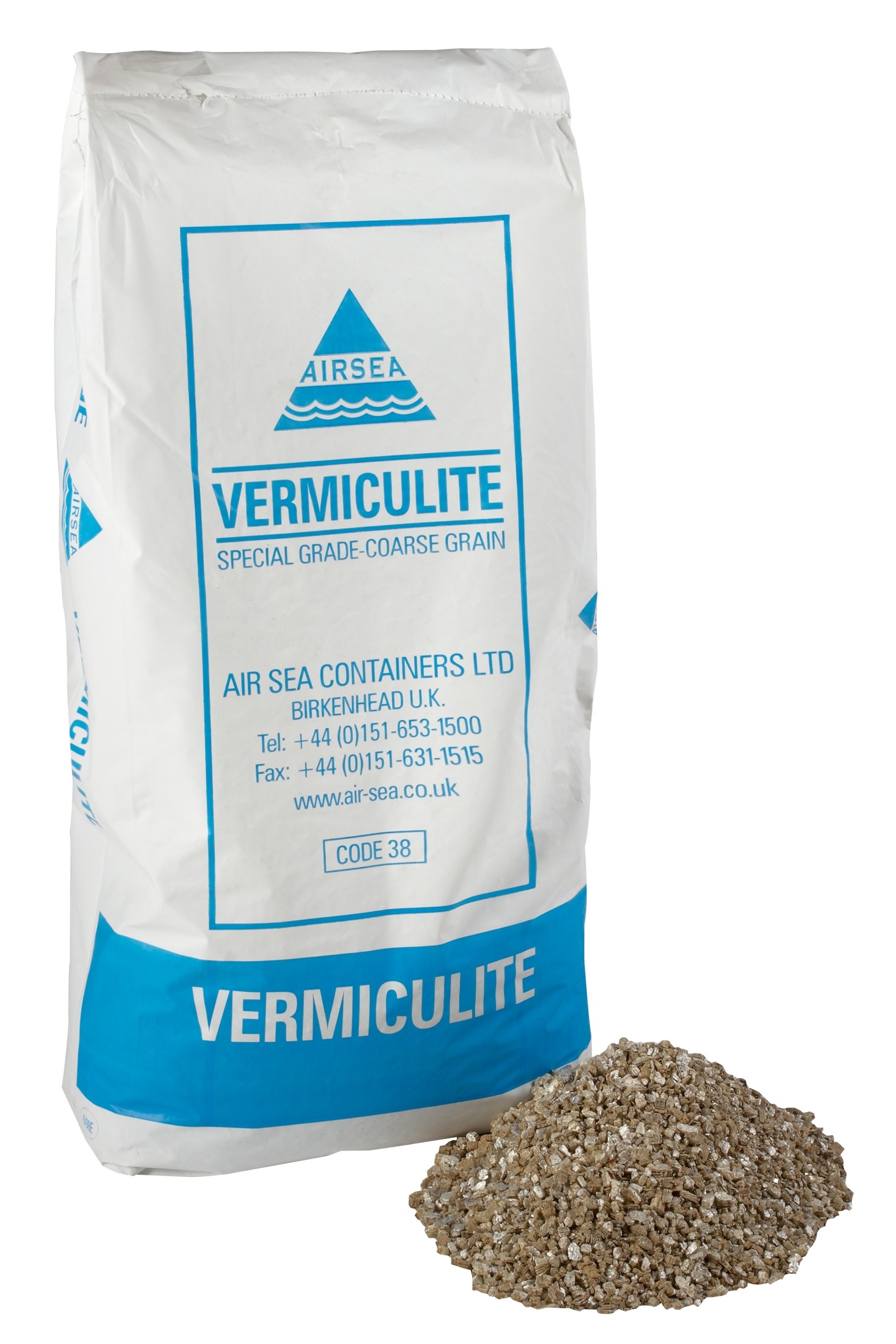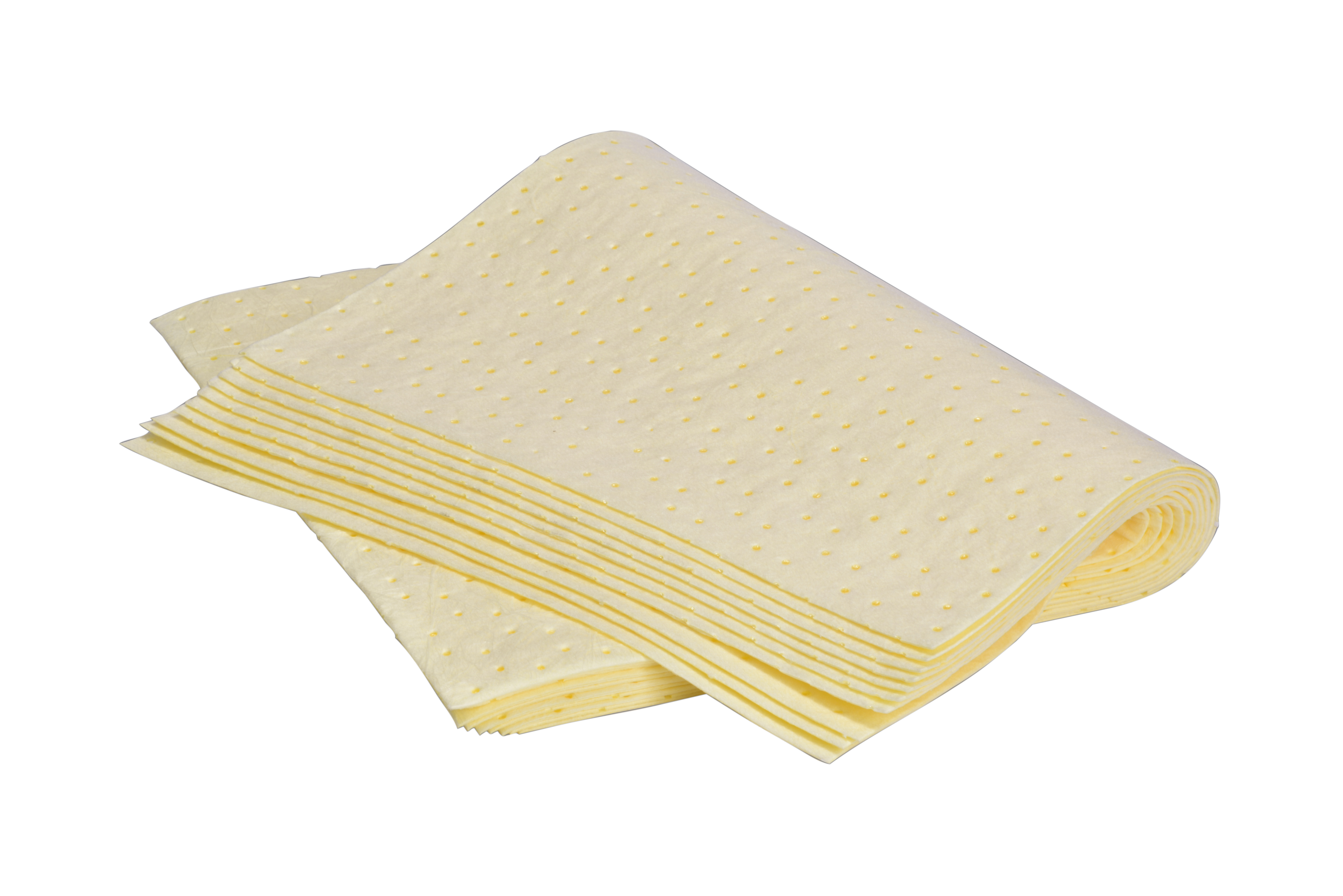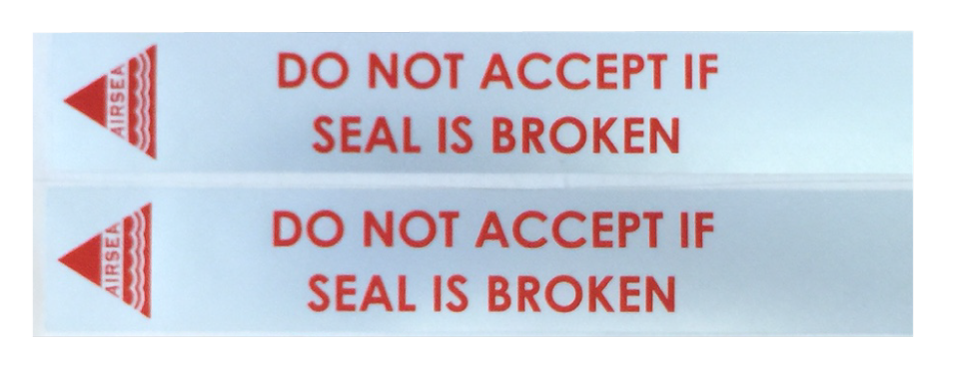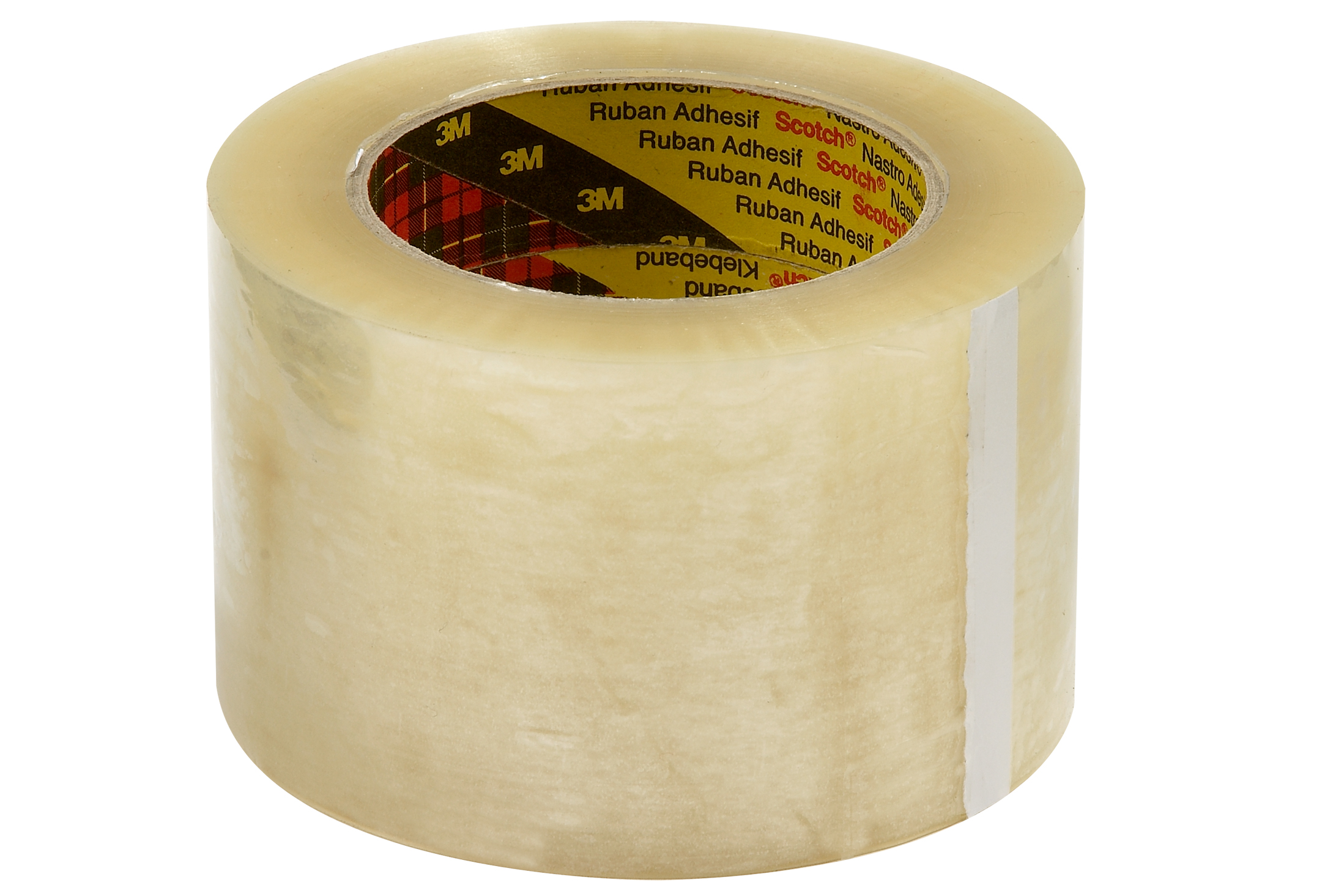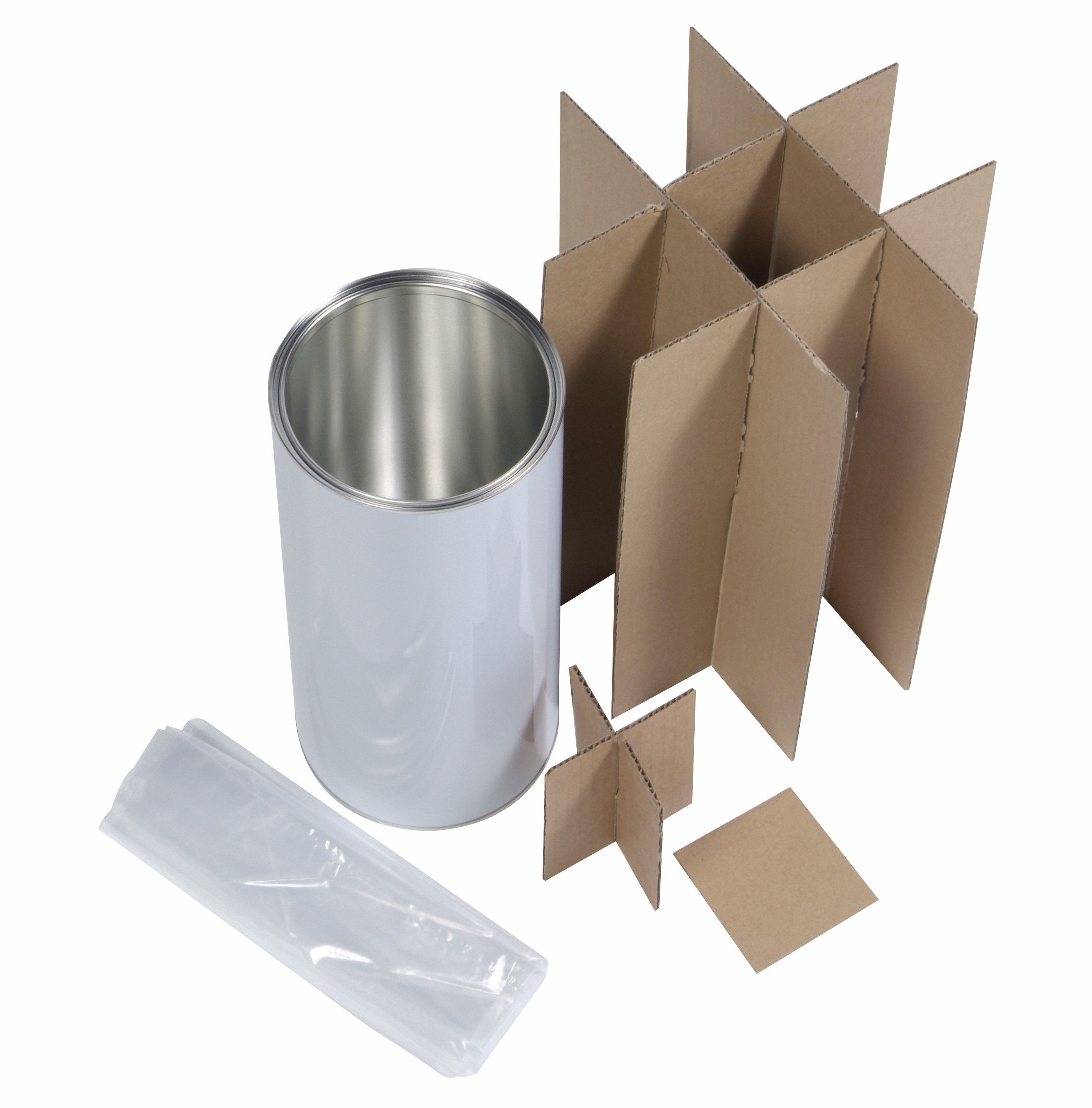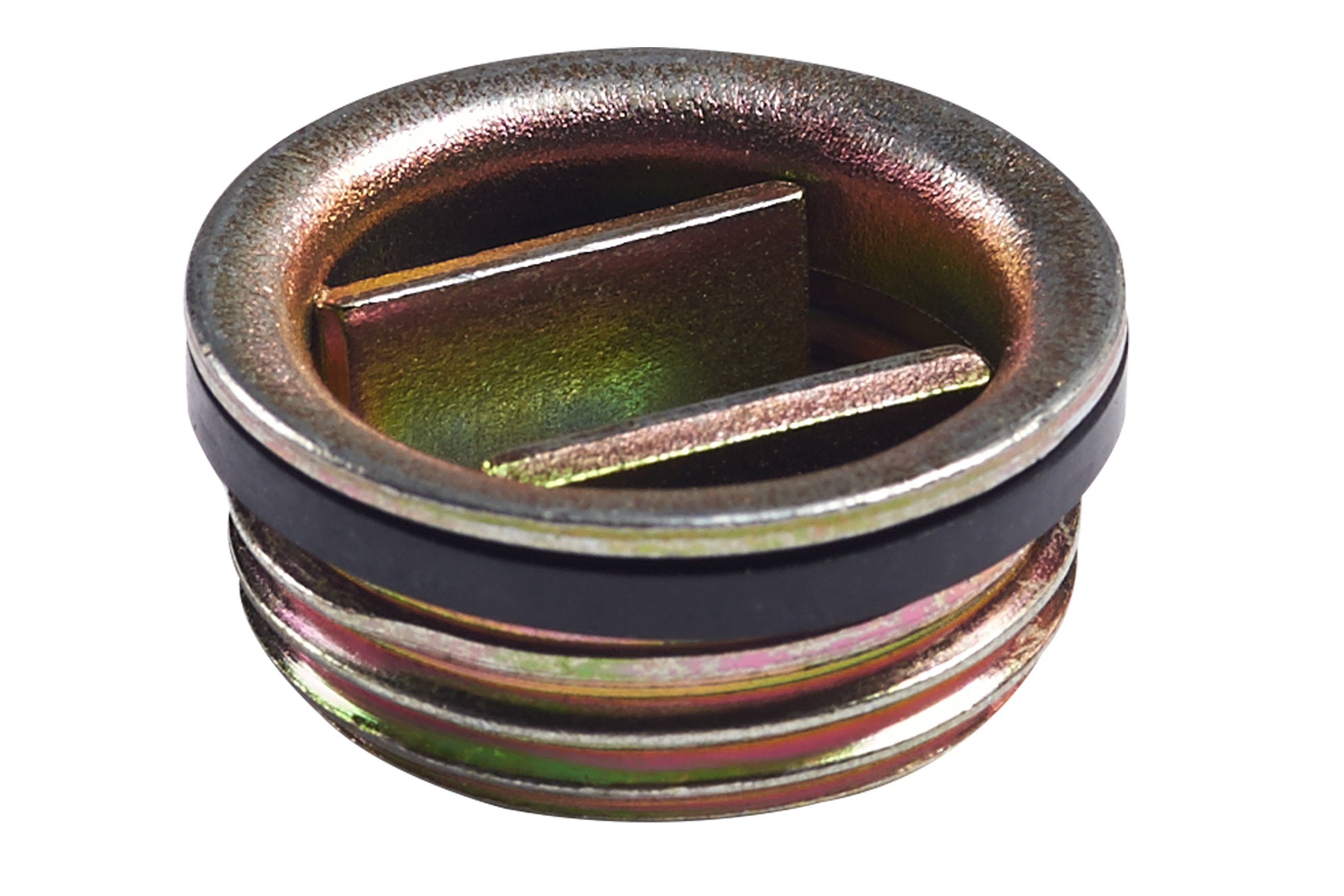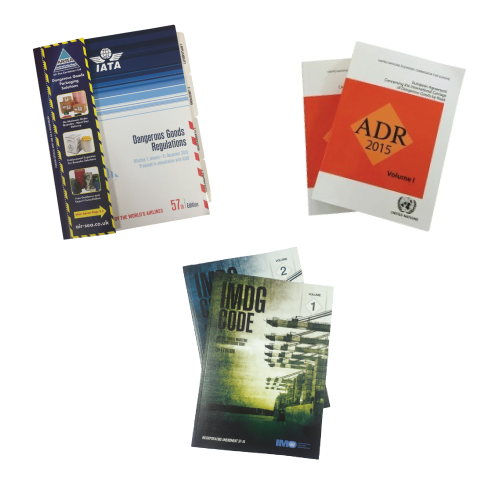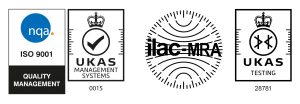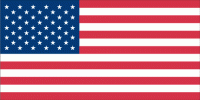When your business involves the shipping of flammable goods, it is crucial that you follow the appropriate regulations for both what is being shipped and how you are shipping it.
Not only is this to avoid the receipt of fines and potentially criminal charges, but more importantly it is to ensure the safety of everybody involved in every stage of packing, transportation, and delivery.
But with the plethora of regulations out there for different items and modes of transport, it can be difficult to figure out what rules you need to follow.
So, at Air Sea Containers, we have collected some of the key information that you may need if you want to ship class 3 flammable liquids. Carry on reading to find out.
What class are flammable liquids?
Flammable liquids belong to Class 3 of the UN’s Model Regulations.
These regulations provide shippers and other regulatory bodies with a baseline classification of general provisions for hazardous goods which they must abide by.
Other regulatory bodies in charge of specific modes of transportation (air, sea, and road) derive their own regulations from the UN’s Model Regulations document, with any changes or adaptations made on an individual basis.
You can learn more about how the UN classify dangerous goods here.
What are class 3 substances?
The UN define class 3 substances as flammable liquids and liquid desensitised explosives.
Flammable liquids are liquids which produce a flammable vapour at temperatures of less than 60°C (or 65.4°C for substances tested with an open-cup method).
This can be in the form of a single liquid or a mixture of liquids, as well as liquids containing solids in solution or suspension.
The UN also states that any liquid being transported at or above its flash point falls under class 3 flammable liquid classification. This includes liquids in transportation if they produce a flammable vapour at or below the maximum transport temperature and they are being transported at elevated temperatures.
There are some exclusions to this definition. One such exclusion is for liquids with a flash point of over 35°C that otherwise meet the definition of flammable liquids but do not sustain combustion.
Liquid Desensitised explosives are substances which are dissolved or suspended in water or other liquid substances and form homogeneous liquid mixture to suppress their explosive properties. These include UN 1204, UN 2059, UN 3064, UN 3343, UN 3357, and UN 3379.
Please see your copy of the latest UN Model Regulations for more information on what is and what is not included in the class 3 substances category.

Class 3 flammable liquids list
There are many examples of class 3 flammable liquids. Flammable liquids are among the most frequently shipped dangerous goods, which is understandable when you consider that fuels (petrol and diesel) are class 3 flammable liquids.
Some examples of class 3 flammable liquids are:
- UN 1090 Acetone
- UN 1114 Benzene
- UN 1120 Butanols
- UN 1145 Cyclohexane
- UN 1148 Diacetone alcohol
- UN 1202 Diesel Fuel
- UN 1222 Isopropyl nitrate
- UN 1223 Kerosene
- UN 1261 Nitromethane
- UN 1263 Paint
- UN 1267 Petroleum crude oil
- UN 1287 Rubber solution
- UN 1299 Turpentine
There are many more products than this included in the UN flammable liquids classification. Please see your copy of the latest Model Regulations for an exhaustive list.
What are the divisions of class 3 hazardous materials?
Some of the 9 UN hazard classes are further divided into sub divisions. This is not the case for class 3, as there are no sub divisions for Class 3 – flammable liquids.
Flammable liquids are assigned into appropriate UN packing groups. This is decided for class 3 flammable liquids based on their flash points (lowest temperature at which a liquid produces flammable vapours) and their initial boiling points.
Whereas the nine classes relate to the type of hazard, the packing groups relate to the applicable degree of danger within the class.
Class 3 flammable liquids packing groups
There are three packing groups that denote the degree of danger that is presented by the substance.
Roman numerals I, II and III are used to represent “high danger”, “medium danger” and “low danger” respectively.
Once the flash points and initial boiling points have been determined using the international standards stipulated in the UN modal regulations Shippers can determine the packing group of their substance.
Packing Group I
Class 3 packing group I is for substances that present high danger when shipping. The UN specification packaging detailed in the packing instructions must meet the performance test requirements of the relevant packing group for that particular substance.
Because packaging materials for packing group I are manufactured for the most dangerous of goods, this means that they are also suitable for the shipment of permitted substances assigned to packing groups II and III that present less danger.
Examples of substances that are assigned to class 3, packing group I are:
- UN 1144 Crotonylene
- UN 1155 Diethyl ether
- UN 1243 Methyl formate
- UN1218 Isoprene, stabilised
- Un 1280 Propylene oxide
All UN Certified Packaging carries a UN Specification Mark. The symbol within a UN specification mark that denotes packing group I is ‘X’. Shippers must refer to the Packing Instruction to determine the packaging requirements for shipment of their specific substance.
Packing Group II
Substances classified as Class 3, packing group II are substances that present medium danger. The symbol within a UN specification mark that denotes packing group II is ‘Y’.
UN Certified Packaging which meets the performance test requirements for packing group II (Y) are not suitable for the transportation of goods within packing group I, but are suitable for transporting appropriate goods within packing group III as they are less dangerous than those in packing group II.
Examples of class 3, packing group II substances are:
- UN 1145 Cyclohexane
- UN 1156 Diethyl ketone
- UN 1175 Ethylbenzene
- UN 1206 Heptanes
- UN 1213 Isobutyl acetate
Packing Group III
Class 3, packing group III is for items that present low danger when shipping. UN packaging that meets the performance test requirement of packing group III are not suitable for use with substances within packing groups I and II.
Examples of class 3, packing group III substances are:
- UN 1104 Amyl acetates
- UN 1130 Camphor oil
- UN 1134 Chlorobenzene
- UN 1223 Kerosene
- UN 1272 Pine oil
The symbol within UN specification marks that denotes packing group III is ‘Z’.
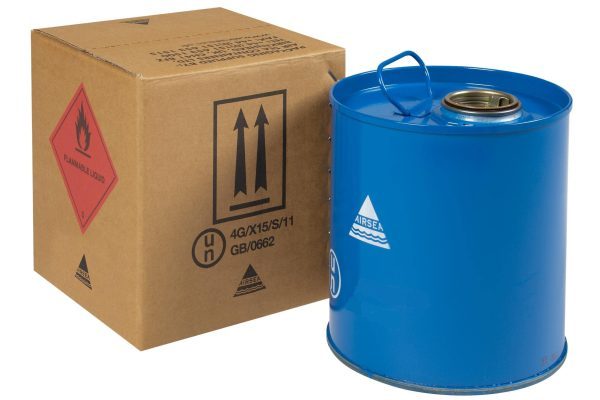
How to ship flammable liquids
When transporting class 3 flammable liquids, you may be required to use appropriate UN packaging for your substance.
Depending on what substances you are shipping, the amount, and the mode of transport(s), you may have the choice to ship your liquids solely within a single packaging or with a combination of inner packaging and outer packaging (for example, a 4GV or suitable 4DV outer packaging).
Packing instructions in each of the modes of transport regulations provide packaging requirements for all dangerous goods listed in the regulations. Limited quantity and excepted quantity provisions may also apply.
As the shipper, you are required to follow legislation set by regulations specific to your chosen mode of transport.
While the UN Model Regulations are there for other national and international bodies to conform to, it is your responsibility as a shipper to ensure that you are following the regulations required by governments and other international organisations in countries that you are shipping from/to.
By road
The UK and European countries abide by ADR (The European Agreement concerning the International Carriage of Dangerous Goods by Road) regulations, whereas the USA follow CFR (The Code of Federal Regulations) regulations.
By air
The ICAO (International Civil Aviation Organization) is an international regulatory code that provides a global reference for dangerous goods being shipped by air all over the world, and all global airlines recognise IATA regulations.
Shipping flammable liquids by air is more heavily restricted than shipping by road due to additional factors such as cabin pressure and temperature changes, among others.
By sea
The IMDG (The International Maritime Dangerous Goods code) applies to all goods being shipped by sea. It is updated every two years to account for updates to the UN Model Regulations and any successful proposals made by International Maritime Organisation Member Governments.
Limited quantity flammable liquids packing groups
It is possible to ship packing group II and III class 3 flammable liquids by air in limited quantities, with a limit of no more than 30kg in gross weight.
Packing group I flammable liquids are not permitted to be shipped even in limited quantities as they are the most dangerous.
There are still restrictions that will apply if you want to ship limited quantities, so it is important that you stay up to date with the latest legislation.
Air Sea Containers flammable liquid packaging
If you have any more questions about shipping class 3 flammable liquids then please do not hesitate to get in touch with us.
We understand the difficulties that come with meeting regulations for the shipment of dangerous goods, and can work with you to ensure that you are using shipping materials that are safe and approved for your needs.
Information correct at time of publishing, 29th November 2022
 UK
UK



